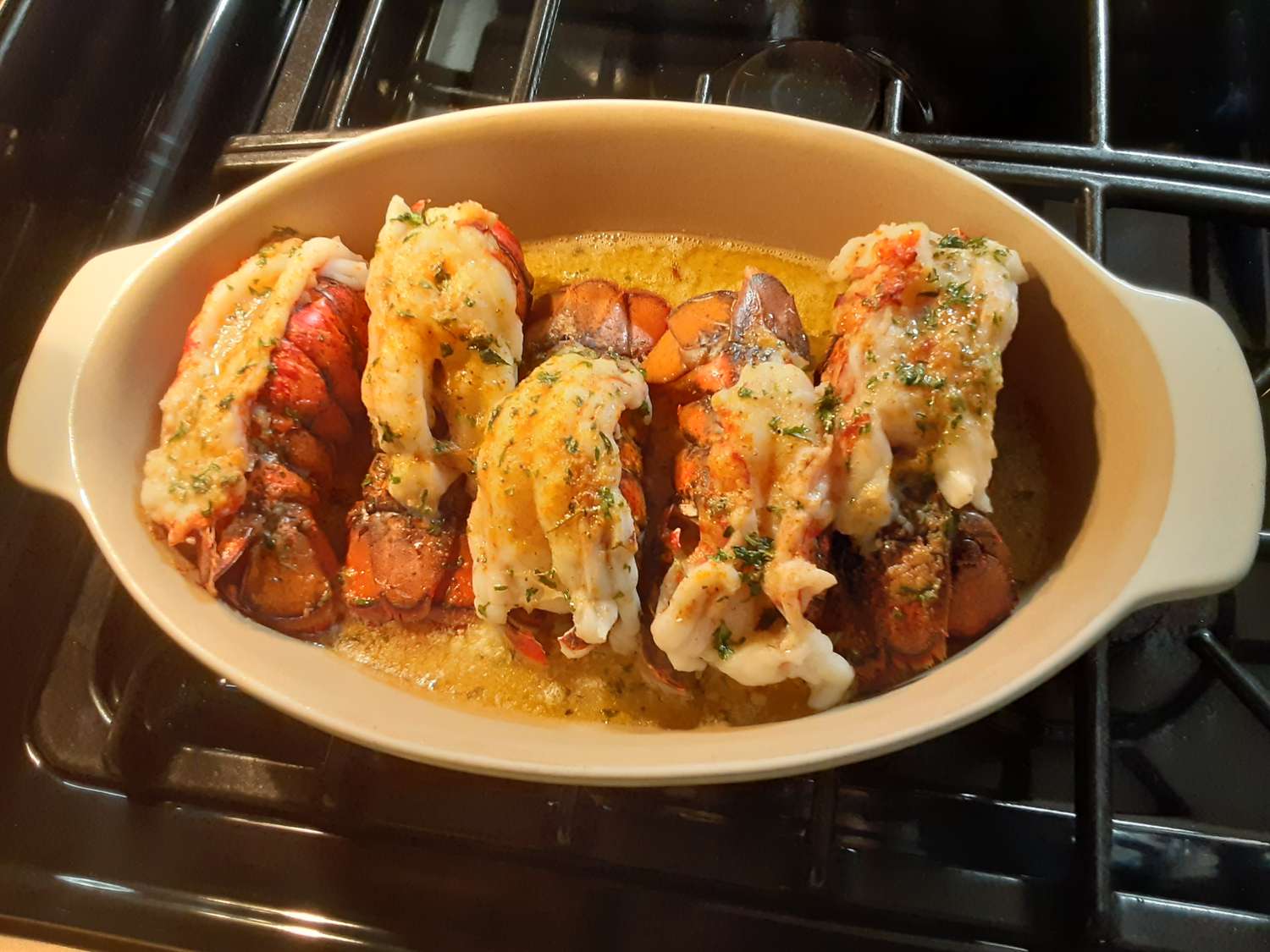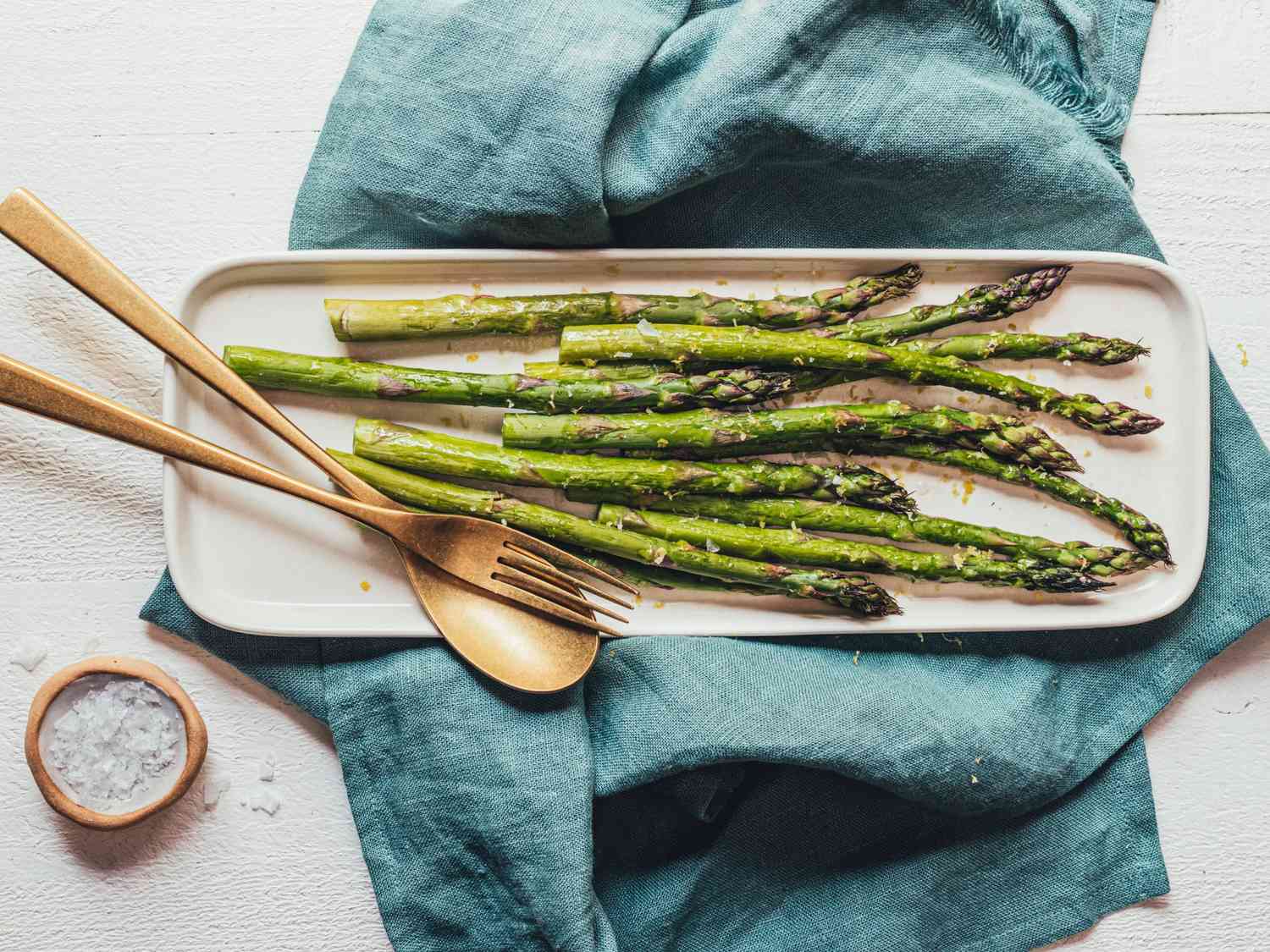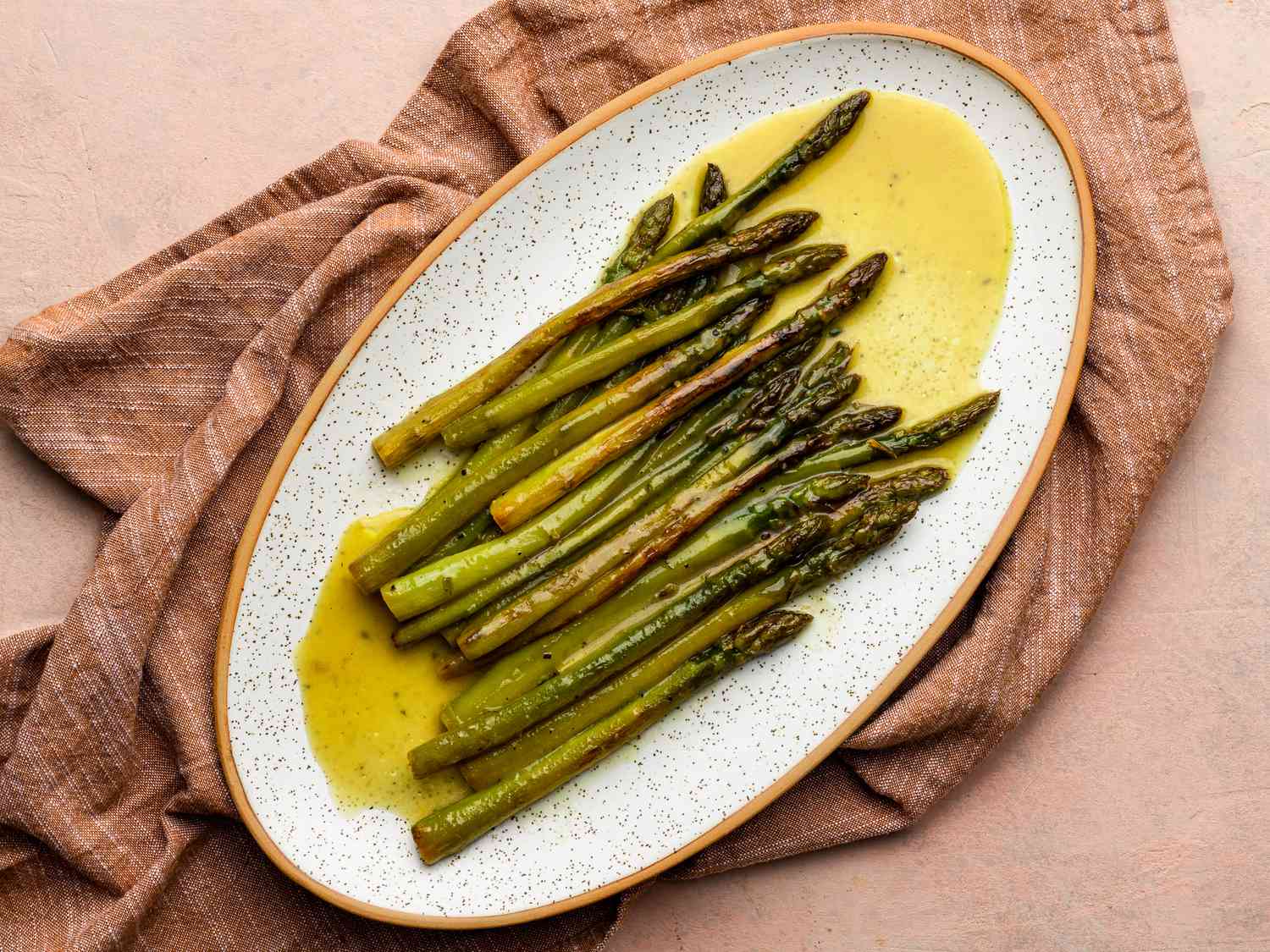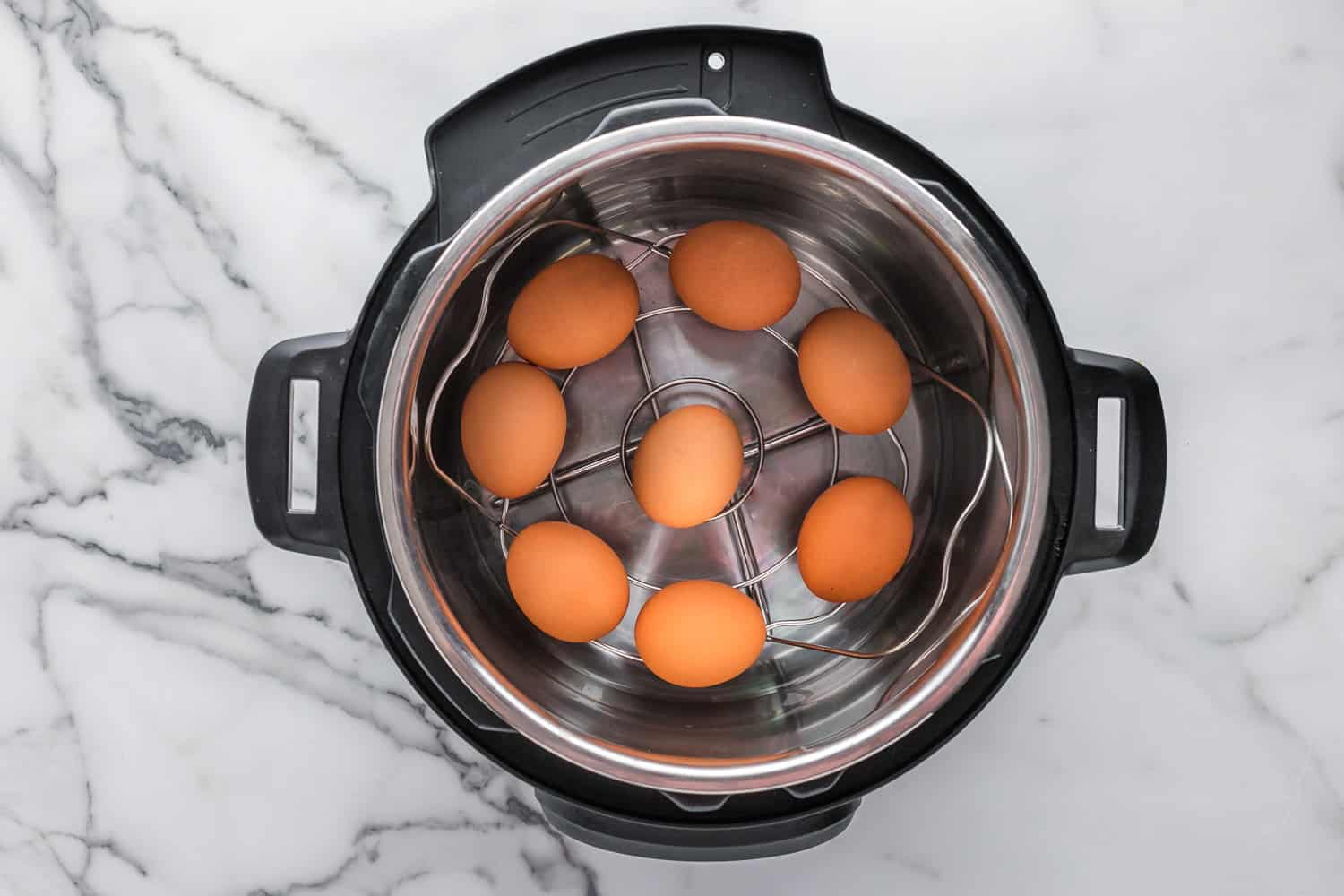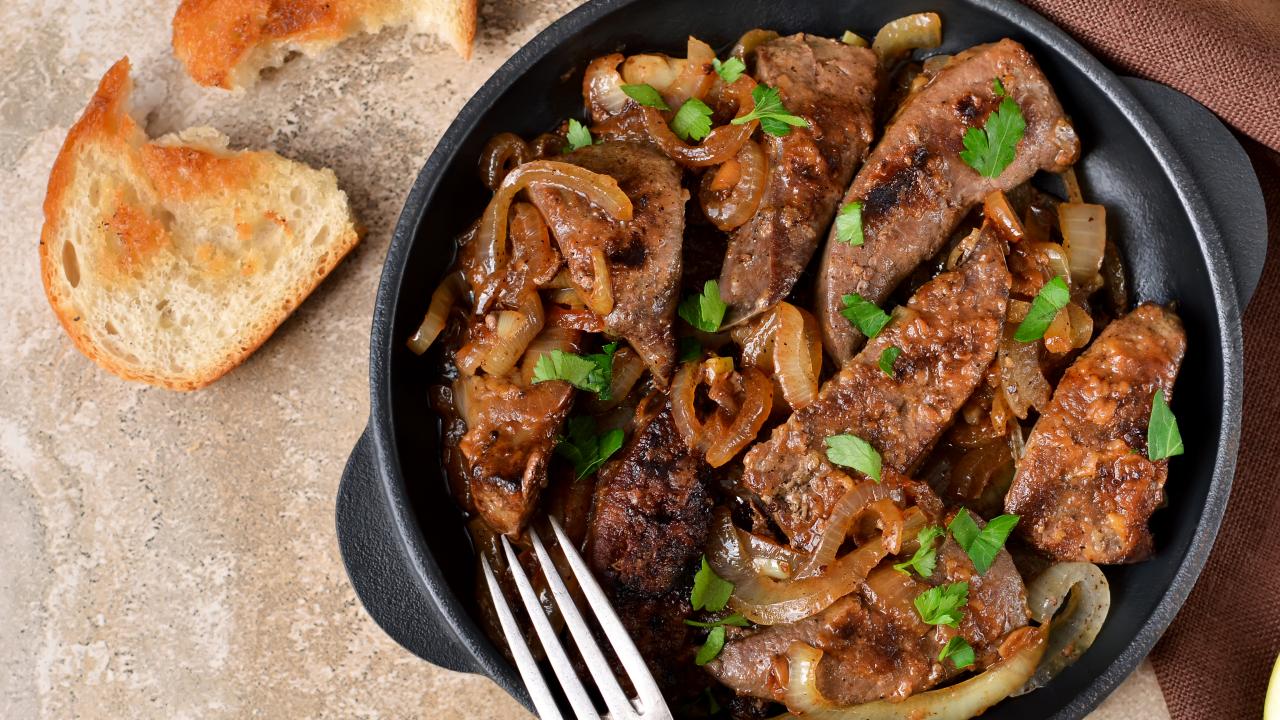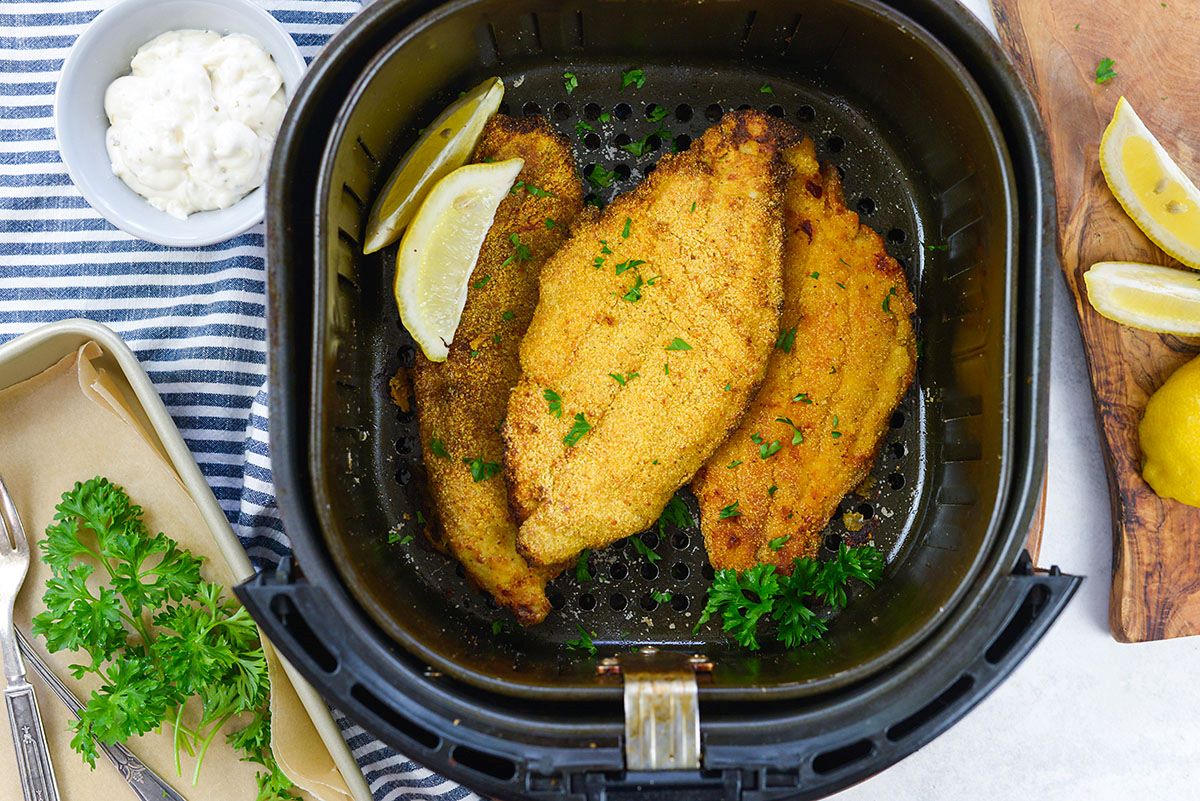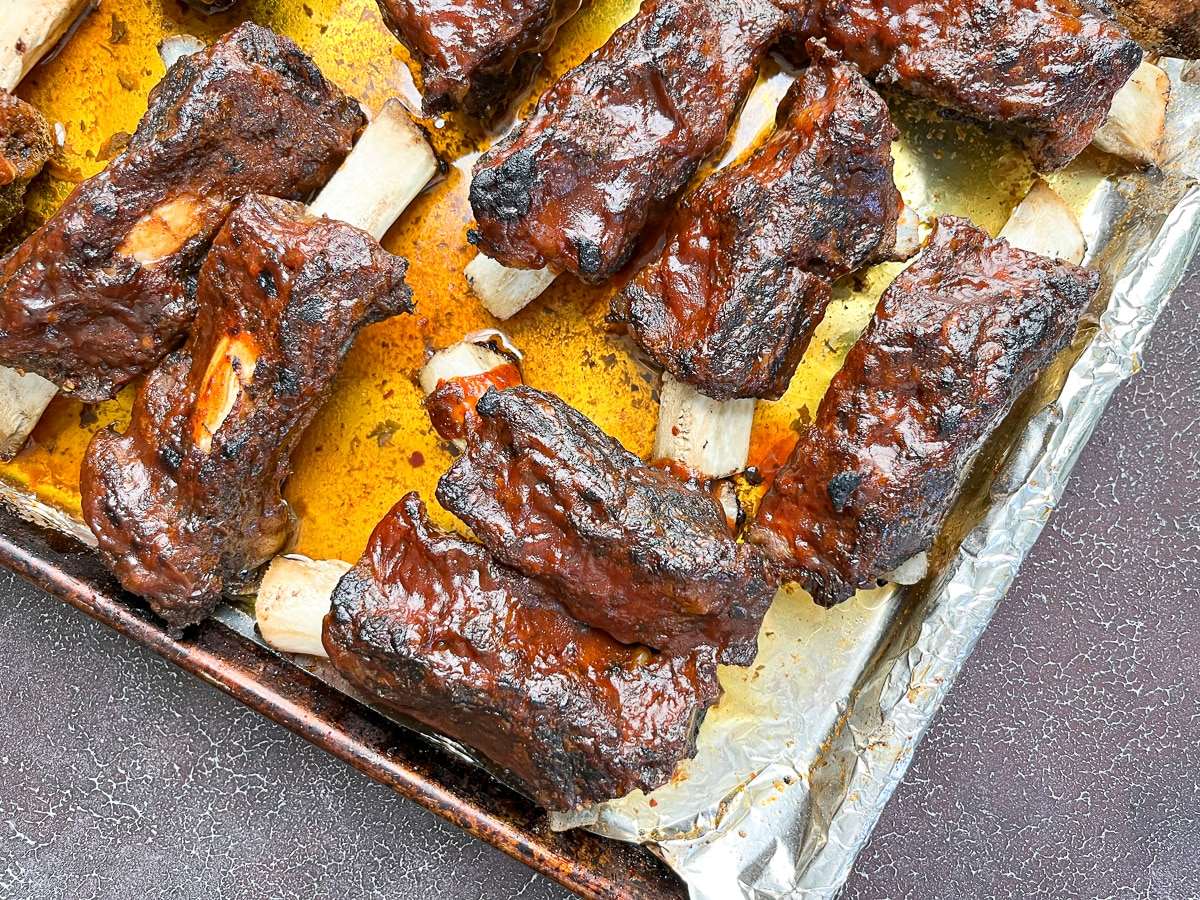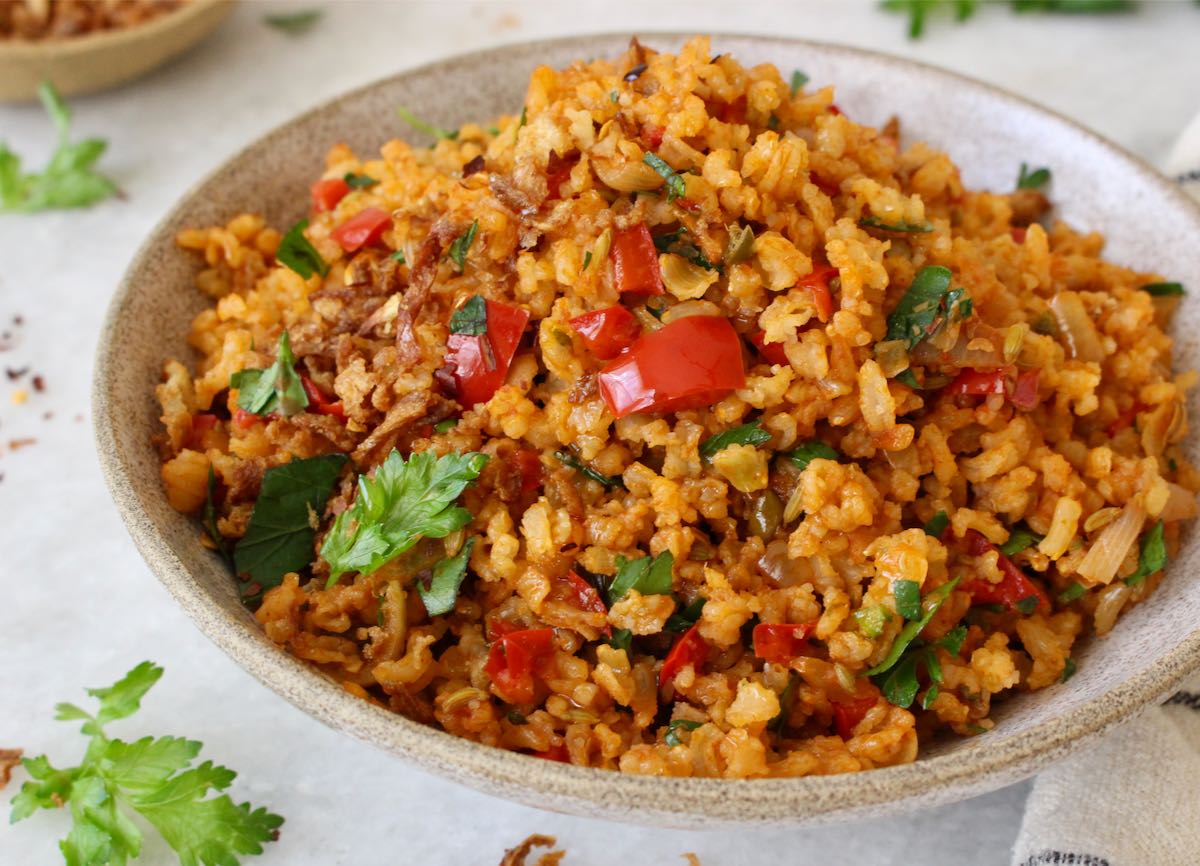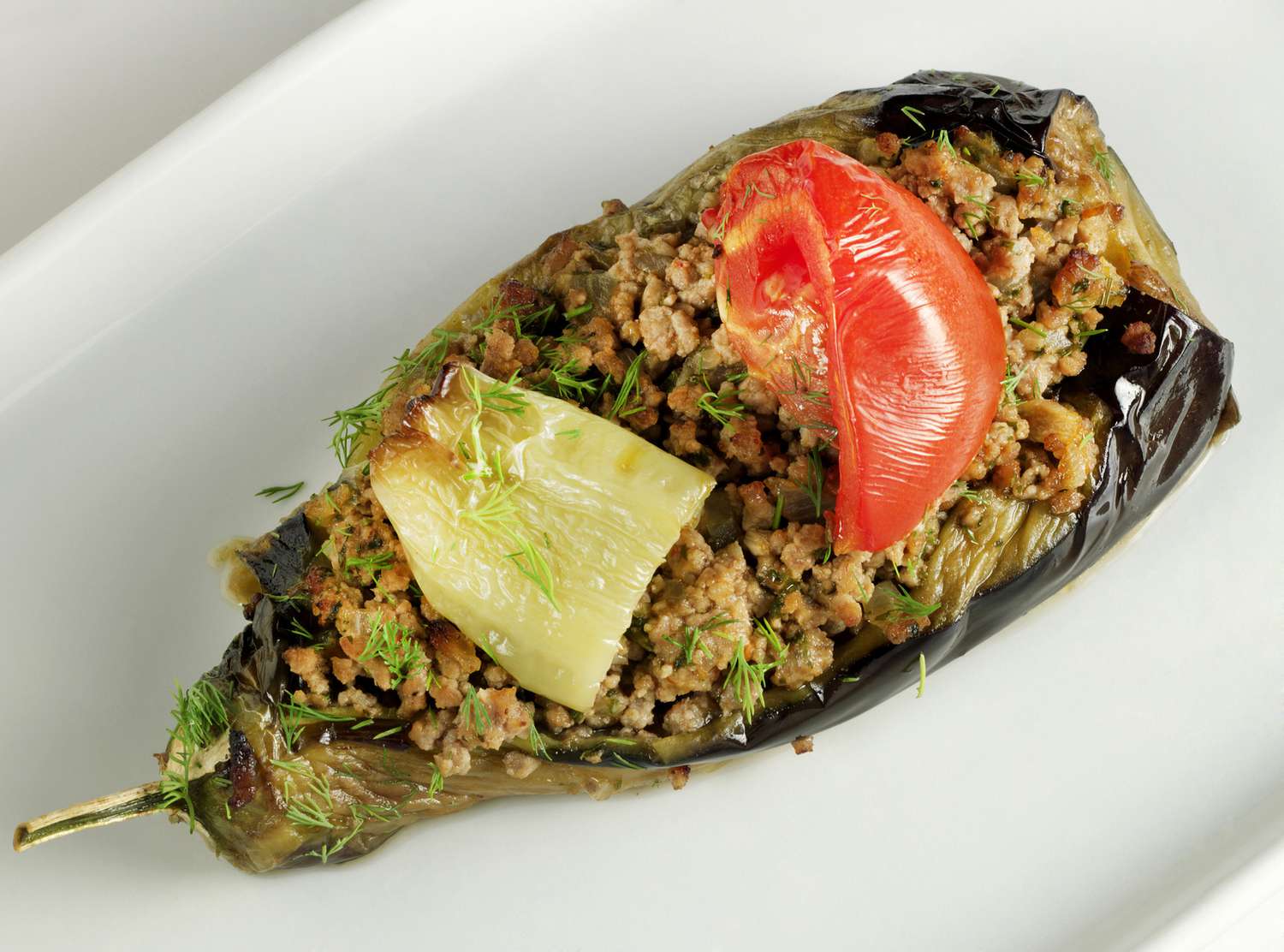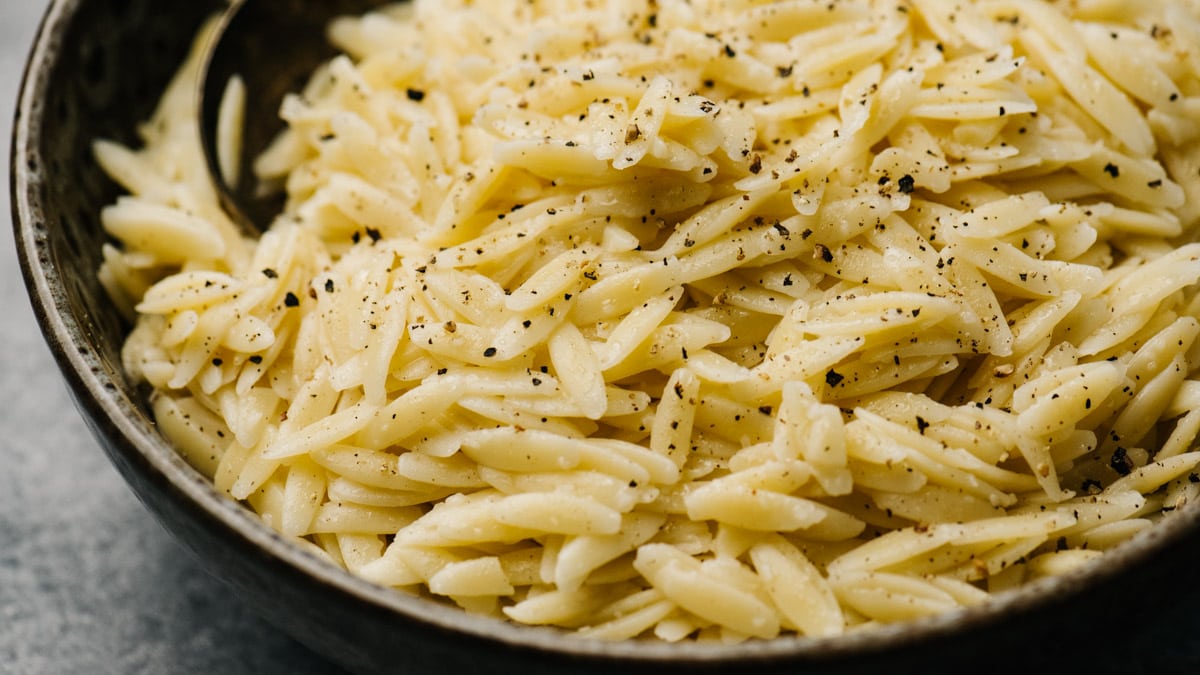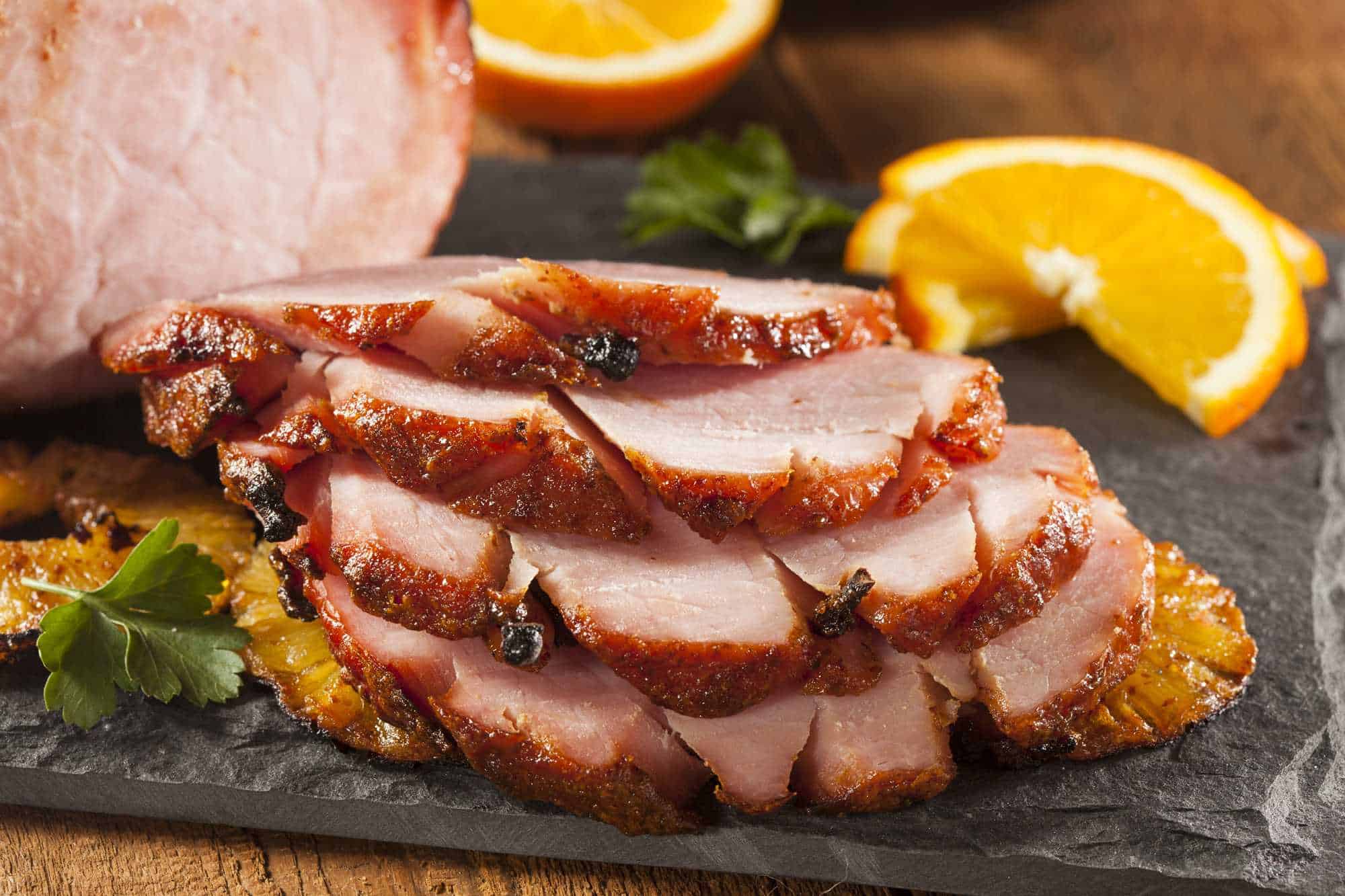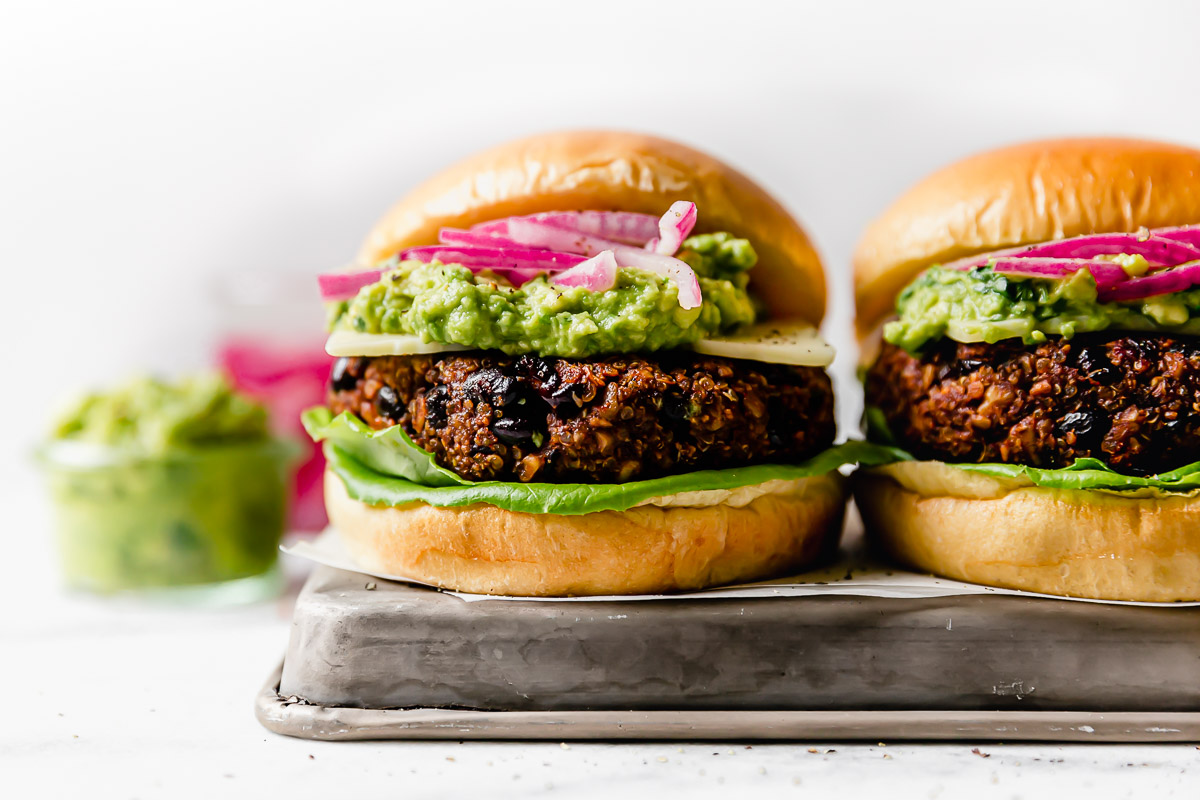Cooking Delight: Oven-Baked Crab Claws
Crab claws are a delectable seafood delicacy that can be prepared in many ways. While steaming and boiling are popular methods, using the oven can bring out unique flavors and textures. If you’re looking to impress your guests with a dish that is both easy to make and incredibly tasty, look no further! In this article, we will show you step-by-step how to cook mouthwatering crab claws in the oven.
Ingredients:
- 1 pound of fresh crab claws
- 2 tablespoons of melted butter
- 2 cloves of minced garlic
- 1 teaspoon of lemon juice
- 1 teaspoon of fresh parsley, chopped
- Salt and pepper to taste
Instructions:
- Preheat your oven to 375°F (190°C).
- Clean the crab claws thoroughly, removing any dirt or debris and rinsing them under cold water.
- In a bowl, mix the melted butter, minced garlic, lemon juice, parsley, salt, and pepper.
- Place the crab claws in a baking dish, arranging them in a single layer.
- Brush the crab claws generously with the garlic-butter mixture, ensuring each claw is coated.
- Cover the baking dish with aluminum foil, sealing it tightly to create a steamy environment.
- Transfer the dish to the preheated oven and bake for 10-12 minutes.
- Remove the foil and continue baking for an additional 5-7 minutes until the crab claws are cooked through.
- Once done, the crab meat should be opaque and easily pull away from the shell.
- Take the baking dish out of the oven and let it cool for a few minutes before serving.
- Garnish with a sprinkle of fresh parsley for added vibrancy.
Now that you know how to cook crab claws in the oven, it’s time to indulge in this fantastic seafood treat! These oven-baked crab claws are perfect as an appetizer or main course. Serve them with melted butter, lemon wedges, and a side of your favorite dipping sauce for a complete dining experience. The succulent meat and flavorful seasonings will surely delight your taste buds!
Take advantage of this easy and foolproof cooking method that yields delicious results. Give your next seafood feast a touch of elegance by preparing oven-baked crab claws. Your friends and family will be clamoring for more!
Was this page helpful?
Read Next: How To Cook Sirloin Steak In An Air Fryer
